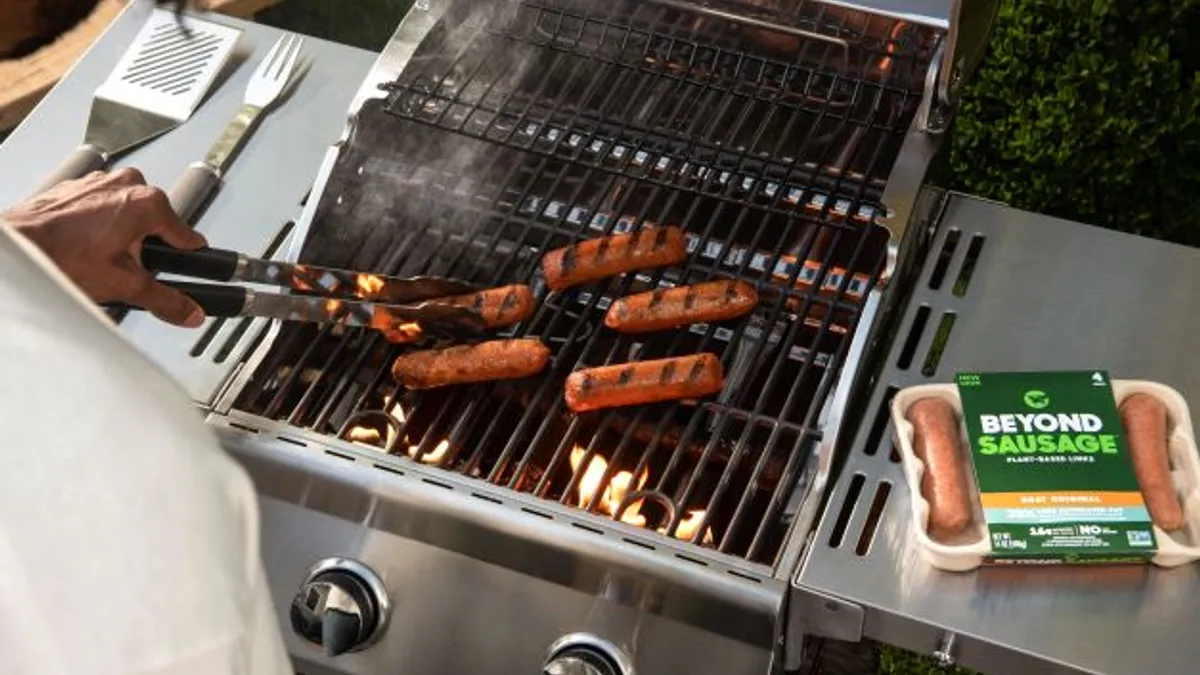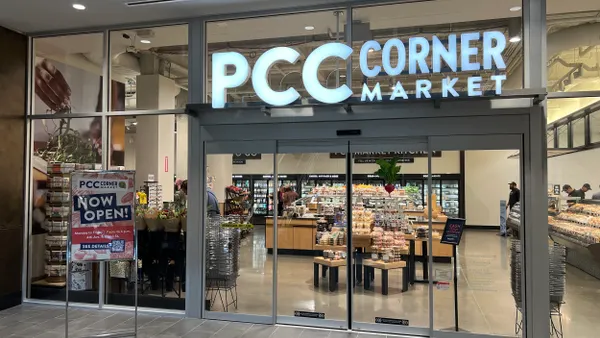With grilling season and outdoor entertaining underway, consumer behavior research firm Circana has suggestions for how grocers can capitalize, from boosting consumer education to tapping into cross-promotional opportunities.
The tips come at a time when Circana data found that 31% of shoppers surveyed in May said they have a new grill, while 6% said they have a new smoker and 24% have a “new or improved outdoor eating area.” More than two-thirds (67%) said their summer entertaining plans include a cookout or barbecue, Circana found, adding that grilling is important to people of all income brackets.
Grilling season isn’t an automatic win for traditional grocers, though, with Circana, which was formed by the recent merger of Information Resources, Inc. (IRI) and The NPD Group, noting in a blog post earlier this week that they continue to lose market share in fresh to other retail channels such as mass and specialty. In the post, Circana outlined six strategies that grocers can consider using to “win the grilling season.”
With 34% of surveyed shoppers saying they like to try new foods and recipes on the grill, Circana recommends that grocers promote different cuts of meat and give shoppers new grilling-focused recipes and meal ideas with in-store and out-of-store education materials.

As shoppers decide what exactly they want to cook up on their grills and smokers, Circana stressed that it’s important that grocers get their everyday versatile quick-cut offerings right. Only chicken and exotic meats gained in 52-week pound sales year-over-year in May 2023 among fresh meats overall, Circana said, noting that ground beef, chicken, pork and lamb also saw pound sales increase over the same period.
“It’s important to offer good availability and competitive everyday pricing on the most versatile and affordable meats: chicken and grinds,” the blog post stated. “If they don’t shop you for everyday meats, it makes it even harder to draw the grilling occasion trip.”
Grocers can be mindful of prepared food options versus ingredients for cooking, given Circana’s findings in its May survey that most shoppers prefer to make their own grilled foods and sides from scratch. Some prepared items, though, are fan favorites: deli pasta salads were up 12.4% in dollar sales and 4.1% in volume sales over a year ago in May, Circana found.
“Instead of trying to turn scratch cookers into convenience shoppers, grocers can boost sales by giving convenience shoppers more quality sides — like unique deli pasta salads that would be tough to make themselves at home — that they’ll feel confident taking to a cookout,” Circana said. Grocers can even promote grilling as a convenient way to cook chicken or burgers quickly.
Grocers can consider buy-this-get-that promotions to encourage shoppers and can go beyond temporary price promotions by turning to digital ads, Circana said, noting that its research has found that purchase-based digital advertising can offer four times higher return on ad spend than interest-based social and digital media targeting. Cross-promotion opportunities with items like bread, buns, rolls, alcohol, fresh fruit, fruit and veggie trays, and chicken can incentivize larger baskets, per the firm.
Walmart, for example, is promoting summer cookouts for under $80 on its website, which also has a curated list of “grilling foods” under its seasonal grocery tab. Earlier this summer DoorDash offered a code for 30% off one grocery order of $30 or more, with up to $20 off, to “help celebrate BBQ season.”
The Fresh Market has a limited-time four-serving burger bundle for $25 where consumers can choose between a gourmet burger or veggie burger and choose between pesto- or honey lemon-flavored bowtie salad and get watermelon strips, hamburger buns and sliced cheese.
While value is important, quality and selection are also top of mind for consumers, according to Circana.
“Grocers won’t stand out during grilling season by promoting potato chips, beer, corn, and whatever’s cheap on the commodity market. Because that’s what everyone else is doing,” the firm said. “What does work is using consumer sentiment, point-of-sale, and panel data to truly understand shopper needs — and respond effectively in real time.”












